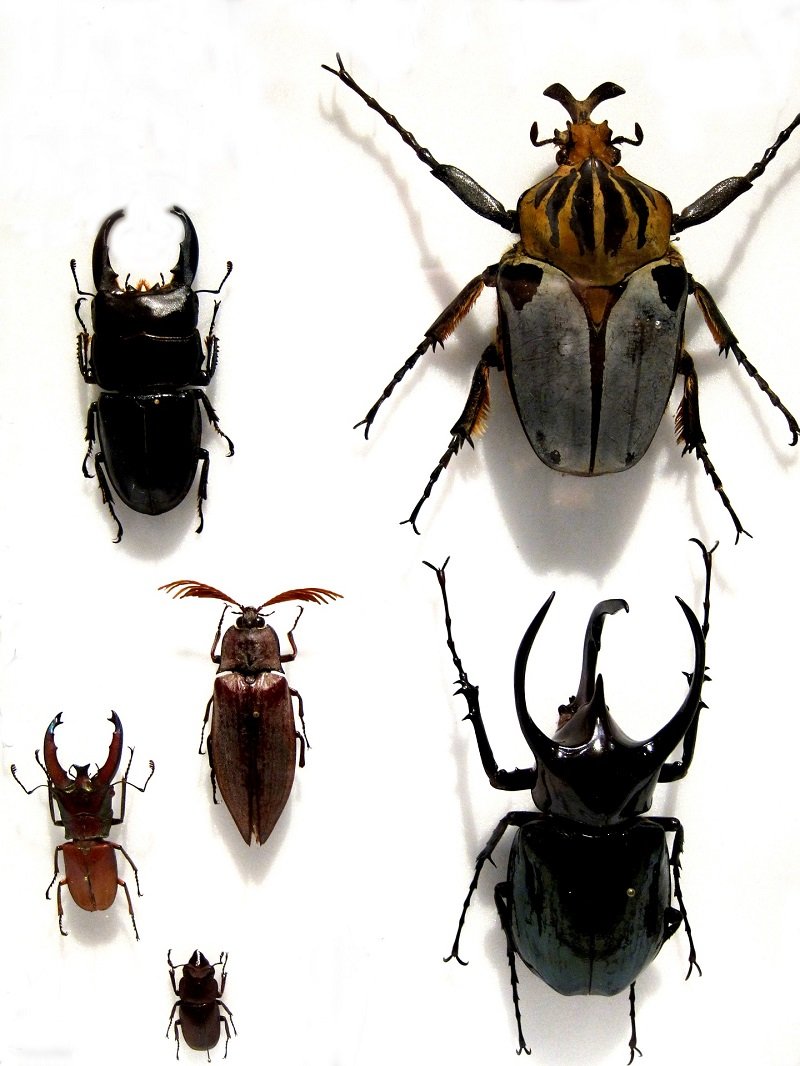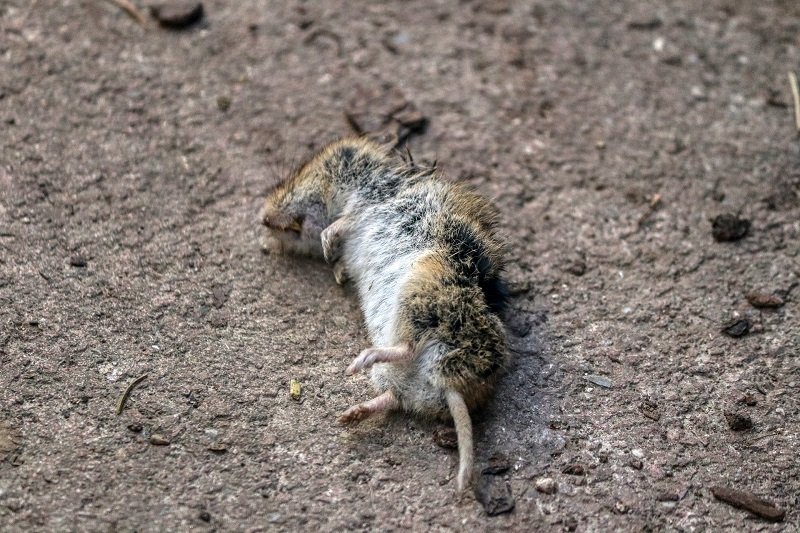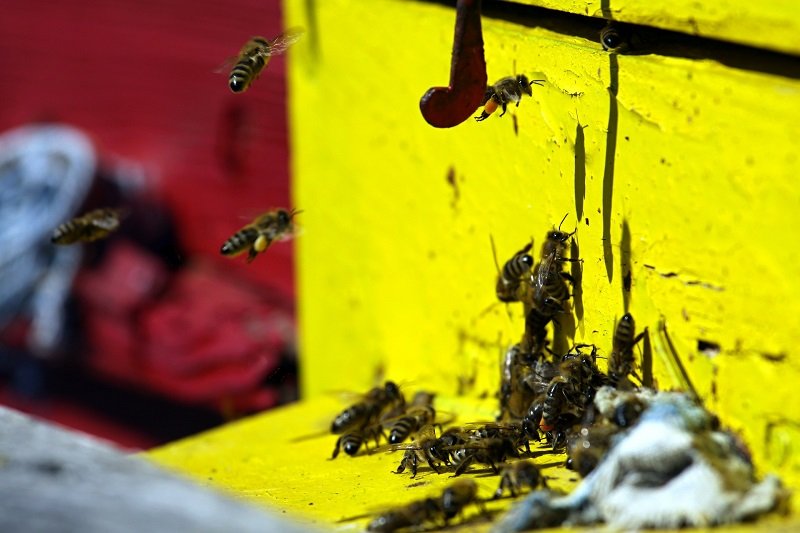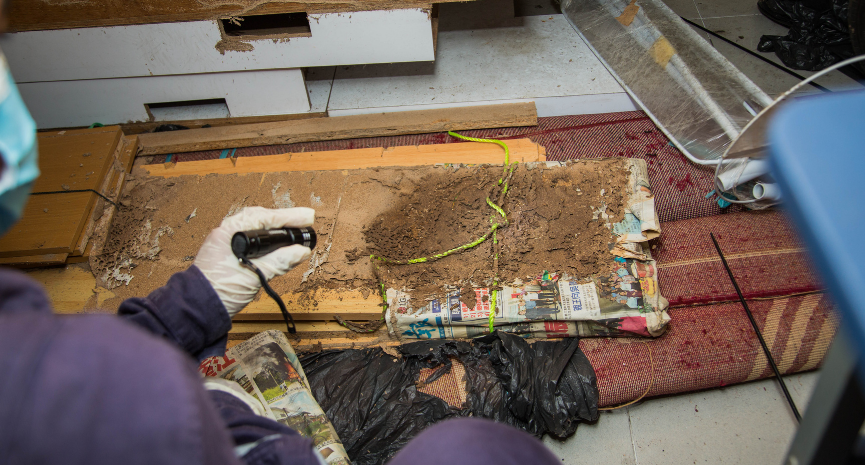The Process of Fumigation
And What Chemicals Fumigators Commonly Use
Fumigation process is a procedure of using canvas tarps to cover and seal a structure. The structure allows a fumigant to penetrate the wood timbers that eliminate and remove termites.
The fumigation process usually takes up to almost three days to “complete”. Your professional fumigator will seal your home with tarps (and similar methods) and releases a warning agent into the home.
They will then release a certain kind of chemical into your building, usually Vikane (also known as Sulfuryl Fluoride). Vikane is a kind of chemical used to kill off any dry wood termites. Your professional fumigator will then carefully calculate the amount of Vikane needed. The calculated amount of chemical is based on a variety of factors including the target pest, temperature, and size of the home.
The typical house fumigation involves about 18 hours to 24 hours of exposure. After the fumigation is complete, your fumigator then aerates the fumigant from the structure following label instructions. After that, they test the air with sensitive gas monitoring equipment to confirm that it is safe to re-enter the building.
How Does Fumigation Work?

Fumigation is one of the most effective ways to control termites. It is often used to remove many other pests as well. It is typically a last-minute effort in controlling pests but is often a needed part of ensuring all pests are removed. The basic process is as follows:
- Step 1 – Before fumigation, building owners will be asked to prepare their location and vacate the premises before it is tented.
- Step 2 – During the fumigation period, the building will be completely covered and sealed using tarps. A chemical gas will be directed and fans will be used in order to properly circulate the gas throughout the building.
- Step 3 – After fumigation, the gas is cleared out using fans and open ventilation areas. Those ventilation points can be found around the tarps. No one will be allowed to enter the building until certified fumigators have considered it completely safe.
Fumigation is typically used to remove termites in buildings, grounds, and wood. However, fumigation is also known to remove some of these following pests:
- Bed bugs
- Cockroaches
- Pantry pests
- Rodents
- Spiders
- Wood-boring beetles
Despite fumigation being known to kill a lot of termites and bugs, it’s hard to know whether other similar treatments will kill other pests or not. We understand that not everyone welcomes the idea of using chemicals for their homes and offices. Orange oil, Termidor, baiting systems, and other similar methods of control have all been reported as killing other bugs in the building. However, every situation is different. It’s best to see a professional pest control company who can talk to you about the best techniques that are the most suitable for the individual pests you deal with.
Before The Fumigation Process

There are certain steps that you have to prepare yourself for before the fumigation process. One important aspect to consider during fumigation is to take precautionary measures. It’s best for you, your family or your co-workers to stay away from the area that is being fumigated while the area is still sealed. Don’t be in a rush to return back to your location area. However, you should allow the area to be properly ventilated and cleaned before going back into the premises.
Here are some steps and suggestions you can take up before the fumigation process starts.
-
You Will Have to Prepare
Unfortunately, it’s not going to be as convenient as walking out the door and returning to a pest-free location. Structural fumigation includes extremely harmful gases, so making sure your location is prepared is essential. All people, pets, and plants must be out of the building during the process. All medicines, pet food, and human food that isn’t sealed in airtight containers will have to be removed from your premises. The fumigators who are handling the process may give you protective bags that can be used. That is if you don’t wish to remove all of your food, so that is another option. At the same time, you will need to leave all doors and cabinets open so that gas pockets don’t build up.
-
You Will Have to Find a Place to Stay
You and your family or co-workers will all need a place to stay or work during the fumigation process. The gases used has to be completely dissipated from the building before you are able to return, so at least one overnight stay is usually needed for families. The entire fumigation process may take anywhere from 6 hours to 1 week, depending on the type of infestation you have, how large your building is, the temperature, and a number of other aspects. Your fumigation company should be able to tell you about how long they will be in the building before the fumigation starts.
-
It’s a Bit of a Process

There are several things that you should do during the fumigation process. After your building has been prepared and you and your co-workers or family members have vacated the property, the real work begins. The structure will be sealed with a tarp that will trap the gas inside during the process.
Your home must be protected with warning signs to prevent anyone from entering during the process. During the process, the toxic gases will infiltrate cracks, crevices, and pores in the wood to kill off any pests hiding inside. After the fumigation process has been done, the tarp will be removed. Fans will be used to remove the gas from the building.
There should be no leftover residue on the surfaces within your building at all. That way it will be safe for your co-workers or family members to return after the air has been kept track of. This is to make sure that sulfuryl fluoride levels do not surpass the EPA established limit.
-
It Should Wipe Out Your Issue Completely

If drywood termites or bed bugs are the pests you are aiming for, the fumigation process should entirely take care of every last pest. Most of the time, the pests will be dead or dying by the time the process is completed. In some cases, termites can survive up to a week after encountering a deadly dose of the fumigant.
It is important to take note that every pest needs a different dosage. Some spiders or roaches can potentially survive the dosage used to kill off termites. That means you may see other insects roaming about when you return to the building. Don’t worry that the treatment didn’t work. It happens sometimes.
It is also quite likely for a re-infestation of the same pest again somewhere down the road. Structural fumigation is not an assurance against future infestations. It is simply used to clear out a current pest problem. If you happen to see the same problem in a year or two, don’t think that your fumigation process failed. It simply means that another infestation has found its way into your building.
Structural fumigation process is not an easy process. It is definitely worth the effort if it is the only way to treat a stubborn infestation in your premises. Termites, bed bugs, and other persistent pests can endure a number of pest control attempts. However, structural fumigation process will take care of your pest problems once and for all.
Conclusion
The bottom line is that the fumigation process may take a while to handle. From the inception period until the day it is cleared, it is bound to make an impact on your building. If you ever need fumigation process services, do not hesitate to contact us. We’d be more than happy to provide.

